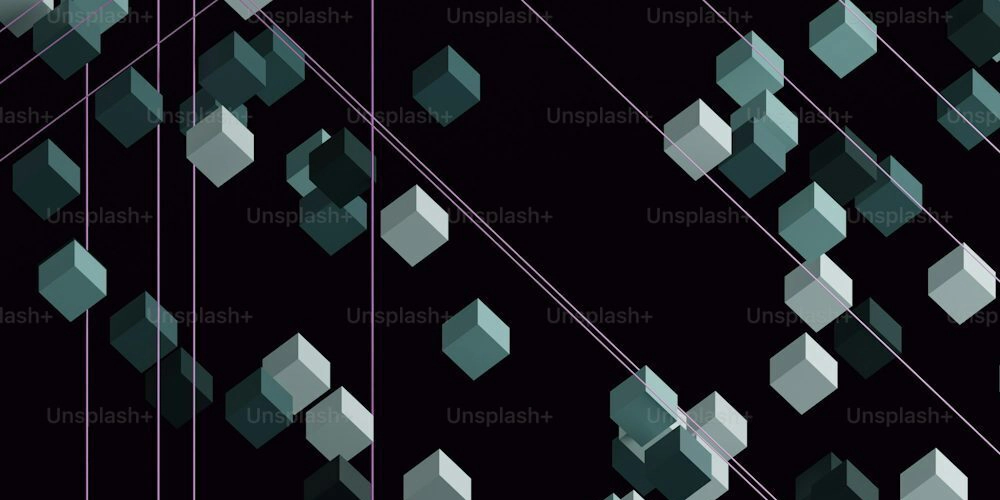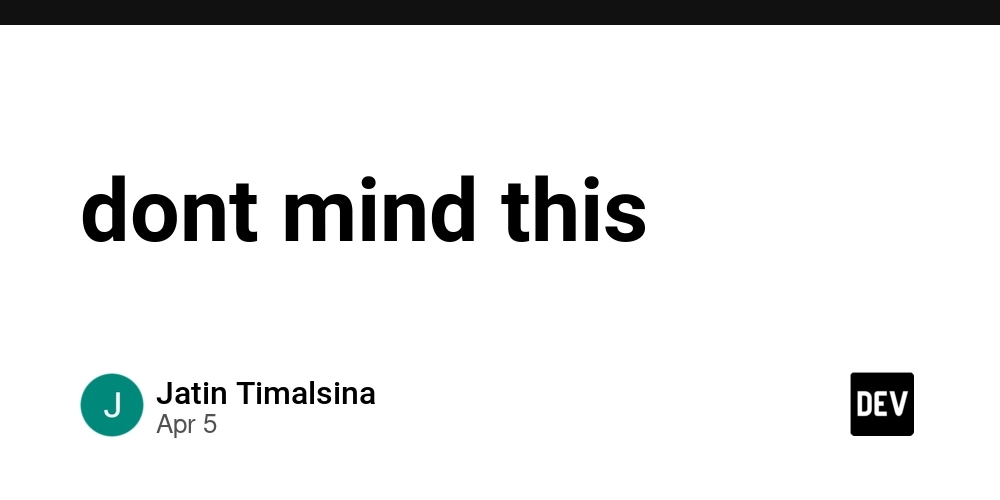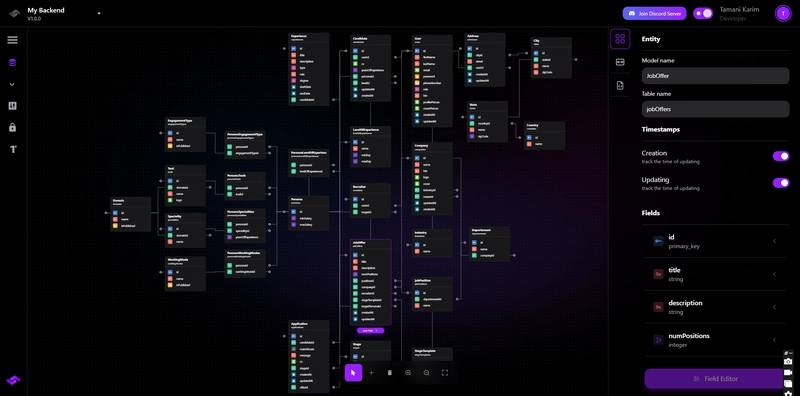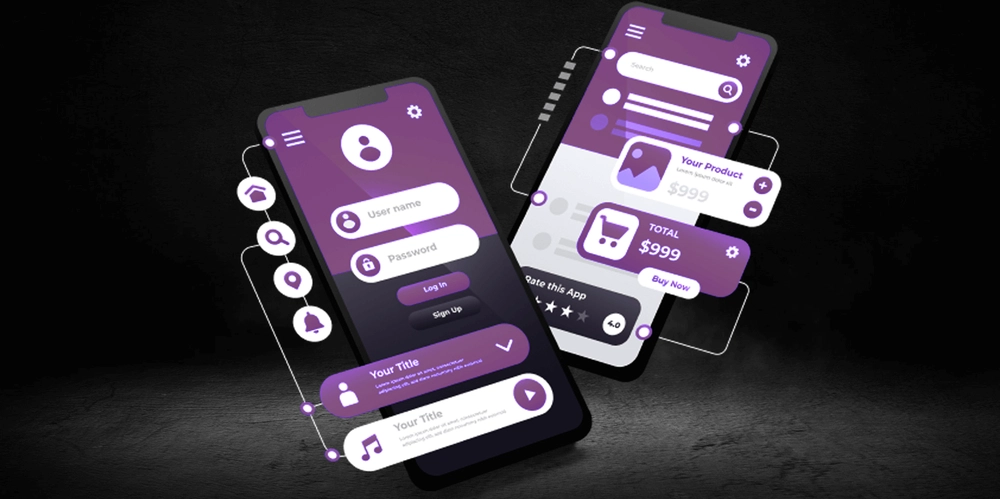Tokenization of Real-World Assets (RWA)
Blockchain technology is revolutionizing the way we perceive and manage ownership of physical assets. By converting tangible assets like real estate and art into digital tokens—a process known as tokenization—blockchain enhances liquidity, accessibility, and transparency in traditional markets. This comprehensive article delves into the intricacies of asset tokenization, its benefits, challenges, and real-world applications, particularly focusing on real estate and art. Understanding Asset Tokenization Asset tokenization involves representing ownership of a physical asset as digital tokens on a blockchain. These tokens can be fractionalized, allowing multiple investors to own portions of a single asset. Each token embodies a share of the asset's value and can be bought, sold, or traded on digital platforms. Blockchain's decentralized nature ensures that ownership records are transparent, immutable, and secure, reducing the need for intermediaries. Tokenization in Real Estate How It Works In real estate tokenization, a property is divided into digital tokens, each representing a fractional ownership stake. Investors can purchase these tokens, gaining rights to a portion of the property's income and appreciation. Transactions are recorded on the blockchain, ensuring transparency and security. This method democratizes real estate investment by lowering financial barriers and increasing market liquidity. Benefits Lower Barrier to Entry: Tokenization enables small-scale investor participation, allowing individuals to invest in high-value properties without substantial capital. Increased Liquidity: Digital tokens can be traded on secondary markets, providing liquidity to an asset class traditionally considered illiquid. Reduced Transaction Costs: Blockchain automates processes and maintains a permanent digital ledger, streamlining transactions and lowering associated costs. Real-World Examples Aspen Digital: In 2018, Aspen Digital raised approximately $18 million through the issuance of Aspen Coins, digital tokens representing fractional ownership of the luxury St. Regis Aspen Resort in Colorado. RealT: This platform tokenizes residential properties in the U.S., allowing investors to buy fractional ownership and receive rental income proportional to their investment. Brickblock: A European platform that has enabled the tokenization of commercial properties, facilitating investment in real estate with lower minimums and reduced transaction costs. Challenges Regulatory Uncertainty: The legal framework for tokenized real estate varies across jurisdictions, creating complexities in compliance and enforcement. Integration with Land Registries: Reconciling blockchain records with traditional land registries poses challenges, as each jurisdiction has its own system for recording property ownership. Market Acceptance: Widespread adoption requires education and trust-building among investors, property owners, and regulatory bodies. Tokenization in Art How It Works Art tokenization converts ownership of artwork into digital tokens on a blockchain. Investors can purchase fractions of high-value pieces, gaining exposure to the art market without owning the entire work. Blockchain ensures a transparent and immutable record of provenance and ownership. Benefits Democratized Access: Fractional ownership opens the art market to a broader range of investors, breaking down financial barriers. Enhanced Provenance Tracking: Blockchain provides a secure record of an artwork's history, reducing fraud and forgery. Artist Royalties: Smart contracts can automate royalty payments to artists upon resale, ensuring they benefit from the appreciation of their work. Real-World Examples Masterworks.io: Allows investors to buy shares of famous artworks by artists like Banksy and Picasso, democratizing access to the fine art market. Challenges Intellectual Property Rights: Clarifying the impact of tokenization on copyright and moral rights is essential to protect artists and investors. Regulatory Compliance: Art tokens may be subject to securities laws, necessitating adherence to relevant regulations. Data Privacy and Security: Handling sensitive information about artists and collectors requires robust data protection measures. Broader Applications and Future Outlook Beyond real estate and art, tokenization is being explored in sectors like luxury goods and commodities. For instance, Dubai developer DAMAC Group signed a $1 billion deal with blockchain platform MANTRA to tokenize real-world assets in the Middle East, aligning with Dubai's ambitions to become a global hub for digital assets. As tokenization evolves, it promises to reshape asset ownership, making investment opportunities more inclusive and markets more liquid. However, overcoming regulatory hurdles, technological challenges, and market acceptance issues is crucial for its widespread adoption. Conclusion Blockchain-based tokenizati

Blockchain technology is revolutionizing the way we perceive and manage ownership of physical assets. By converting tangible assets like real estate and art into digital tokens—a process known as tokenization—blockchain enhances liquidity, accessibility, and transparency in traditional markets. This comprehensive article delves into the intricacies of asset tokenization, its benefits, challenges, and real-world applications, particularly focusing on real estate and art.
Understanding Asset Tokenization
Asset tokenization involves representing ownership of a physical asset as digital tokens on a blockchain. These tokens can be fractionalized, allowing multiple investors to own portions of a single asset. Each token embodies a share of the asset's value and can be bought, sold, or traded on digital platforms. Blockchain's decentralized nature ensures that ownership records are transparent, immutable, and secure, reducing the need for intermediaries.
Tokenization in Real Estate
How It Works
In real estate tokenization, a property is divided into digital tokens, each representing a fractional ownership stake. Investors can purchase these tokens, gaining rights to a portion of the property's income and appreciation. Transactions are recorded on the blockchain, ensuring transparency and security. This method democratizes real estate investment by lowering financial barriers and increasing market liquidity.
Benefits
Lower Barrier to Entry: Tokenization enables small-scale investor participation, allowing individuals to invest in high-value properties without substantial capital.
Increased Liquidity: Digital tokens can be traded on secondary markets, providing liquidity to an asset class traditionally considered illiquid.
Reduced Transaction Costs: Blockchain automates processes and maintains a permanent digital ledger, streamlining transactions and lowering associated costs.
Real-World Examples
Aspen Digital: In 2018, Aspen Digital raised approximately $18 million through the issuance of Aspen Coins, digital tokens representing fractional ownership of the luxury St. Regis Aspen Resort in Colorado.
RealT: This platform tokenizes residential properties in the U.S., allowing investors to buy fractional ownership and receive rental income proportional to their investment.
Brickblock: A European platform that has enabled the tokenization of commercial properties, facilitating investment in real estate with lower minimums and reduced transaction costs.
Challenges
Regulatory Uncertainty: The legal framework for tokenized real estate varies across jurisdictions, creating complexities in compliance and enforcement.
Integration with Land Registries: Reconciling blockchain records with traditional land registries poses challenges, as each jurisdiction has its own system for recording property ownership.
Market Acceptance: Widespread adoption requires education and trust-building among investors, property owners, and regulatory bodies.
Tokenization in Art
How It Works
Art tokenization converts ownership of artwork into digital tokens on a blockchain. Investors can purchase fractions of high-value pieces, gaining exposure to the art market without owning the entire work. Blockchain ensures a transparent and immutable record of provenance and ownership.
Benefits
Democratized Access: Fractional ownership opens the art market to a broader range of investors, breaking down financial barriers.
Enhanced Provenance Tracking: Blockchain provides a secure record of an artwork's history, reducing fraud and forgery.
Artist Royalties: Smart contracts can automate royalty payments to artists upon resale, ensuring they benefit from the appreciation of their work.
Real-World Examples
- Masterworks.io: Allows investors to buy shares of famous artworks by artists like Banksy and Picasso, democratizing access to the fine art market.
Challenges
Intellectual Property Rights: Clarifying the impact of tokenization on copyright and moral rights is essential to protect artists and investors.
Regulatory Compliance: Art tokens may be subject to securities laws, necessitating adherence to relevant regulations.
Data Privacy and Security: Handling sensitive information about artists and collectors requires robust data protection measures.
Broader Applications and Future Outlook
Beyond real estate and art, tokenization is being explored in sectors like luxury goods and commodities. For instance, Dubai developer DAMAC Group signed a $1 billion deal with blockchain platform MANTRA to tokenize real-world assets in the Middle East, aligning with Dubai's ambitions to become a global hub for digital assets.
As tokenization evolves, it promises to reshape asset ownership, making investment opportunities more inclusive and markets more liquid. However, overcoming regulatory hurdles, technological challenges, and market acceptance issues is crucial for its widespread adoption.
Conclusion
Blockchain-based tokenization is transforming the ownership and investment landscape for physical assets like real estate and art. By enabling fractional ownership, enhancing liquidity, and ensuring transparency, tokenization democratizes access to markets traditionally reserved for the wealthy. While challenges remain, the potential benefits position tokenization as a pivotal innovation in the future of asset ownership and investment.












































































































































































![[The AI Show Episode 142]: ChatGPT’s New Image Generator, Studio Ghibli Craze and Backlash, Gemini 2.5, OpenAI Academy, 4o Updates, Vibe Marketing & xAI Acquires X](https://www.marketingaiinstitute.com/hubfs/ep%20142%20cover.png)


























































































































![[FREE EBOOKS] The Kubernetes Bible, The Ultimate Linux Shell Scripting Guide & Four More Best Selling Titles](https://www.javacodegeeks.com/wp-content/uploads/2012/12/jcg-logo.jpg)



![From drop-out to software architect with Jason Lengstorf [Podcast #167]](https://cdn.hashnode.com/res/hashnode/image/upload/v1743796461357/f3d19cd7-e6f5-4d7c-8bfc-eb974bc8da68.png?#)







































































































.png?#)





.jpg?#)






























_Christophe_Coat_Alamy.jpg?#)







































































































![Rapidus in Talks With Apple as It Accelerates Toward 2nm Chip Production [Report]](https://www.iclarified.com/images/news/96937/96937/96937-640.jpg)









































































































































